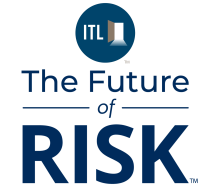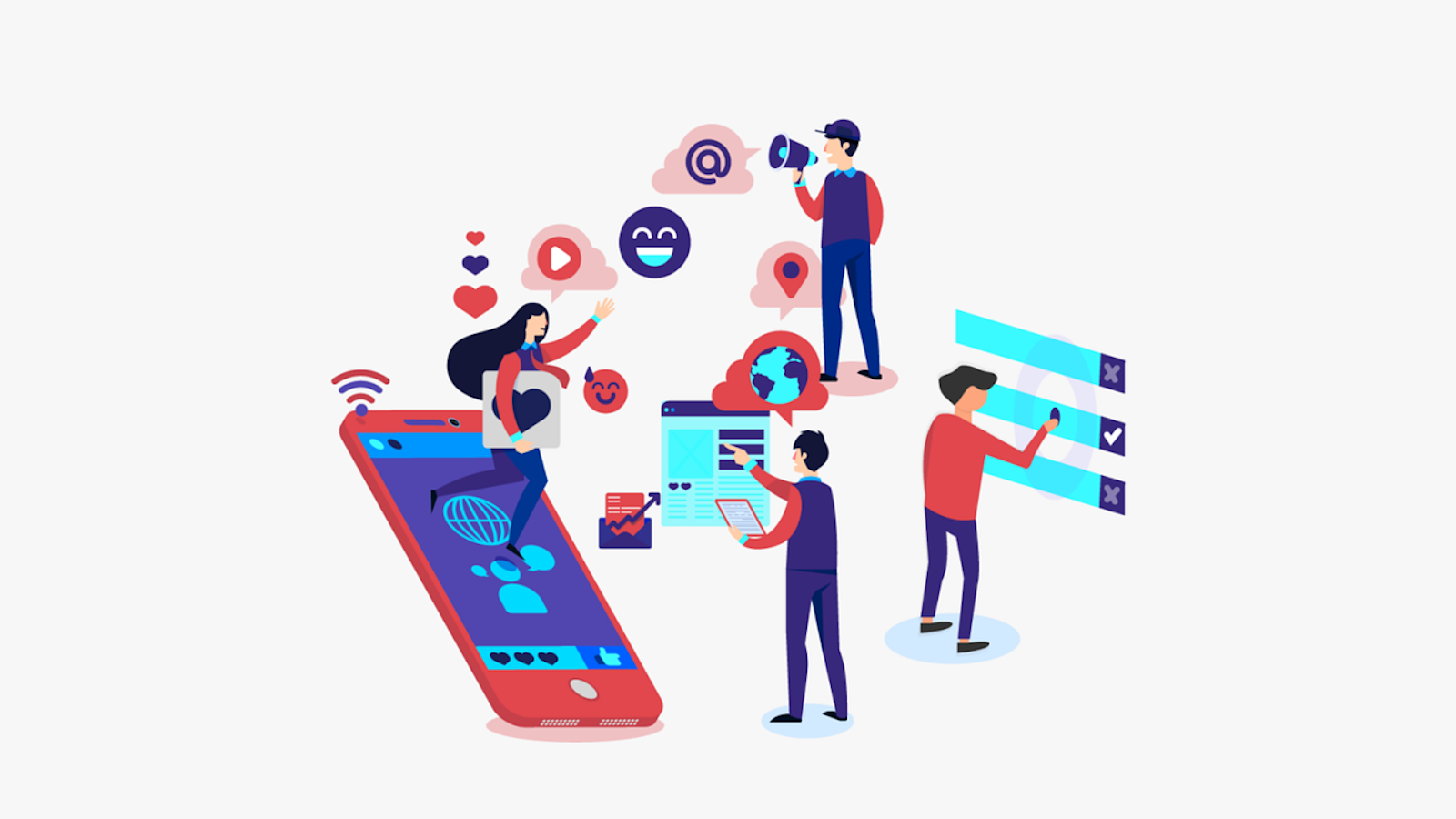Selling insurance, whether automotive, home, life, or other types, has traditionally been a relationship-based experience. Many agents work with clients for years, and knowing their customers' evolving needs is key to upselling and building a book of business. As artificial intelligence (AI) seeps into every industry and consumers are more cost-conscious than relationship-driven, insurance companies and agents are taking a critical look at the technology to determine how it fits into the insurance business model.
On the surface, AI can lessen the administrative burden for agents who answer frequent and simple inquiries, while also helping to process claims, identify potential risks, and deliver personalized plans based on historical data. Up to 20% of claims filed are fraudulent, and AI is analyzing patterns to help insurers identify which cases are legitimate.
Yet, pushing too much of the relationship to self-service, automation, and bots can hurt brand loyalty.
While there are many potential benefits to AI, how it is implemented within the structure of the business is key to using it effectively and supporting a better customer experience.
Barriers Between Insurance Companies and Customers
Industry data has identified a generational divide between younger and more technologically savvy customers, who prefer digital solutions, and older generations, who prefer traditional phone-based services where they can speak directly to a human.
Across generations, some people are open to using self-service chatbots, automated SMS messaging, or AI agents, while others are less interested in this style of communication. In fact, up to 40% of people feel "unfavorable" toward chatbots due to past negative experiences or a lack of trust in the technology.
To protect the customer's experience when researching or purchasing insurance, filing a claim, or requesting support, insurance companies should consider an approach that integrates the human touch with elements of AI. This approach will ultimately optimize efficiencies and cost savings without sacrificing the quality of the member experience connection.
Taking a Human-First Approach to Filing Insurance Claims
There are several key downsides when human oversight is left out of the customer experience journey. Many interactions with insurance companies follow stressful experiences like a car accident or home damage caused by a natural disaster. While efficient, automation does not have the capacity to deal with these situations using empathy.
Customer needs are too complex for AI. Allowing a human agent to be the first touchpoint in the journey ensures that the customer is receiving personal and empathetic support, lessening their stress and anxiety and helping them through difficult scenarios.
For example, if someone experiences hail damage and is looking to file a claim, they may contact their insurance agent via the app, phone, or online. From here, a human agent can evaluate the customer's needs and communicate the best route for effectively filing a claim while helping to put the customer at ease. Then, it is up to the agent to decide if and when AI should be used.
In this case, AI could deliver basic information such as next steps in the claim process, common safety measures homeowners should take after a hailstorm, such as securing broken windows, and how to photograph damage. AI can also gather data from the customer, such as date and time of incident, address, and property details. AI can help schedule an inspection with an adjuster and automatically input all data into the customer record.
During this part of the transaction, it is important that the customer has the ability to reconnect with a human agent if they have questions or concerns to ensure they are not stuck in a frustrating loop with a chatbot or AI agent. Balancing this combination of human and AI interaction creates a sense of personalization, supports empathy, and frees agent time by offloading common or administrative tasks. It also supports brand loyalty because the customer feels supported by their insurance agent and always has a path back to a human.
Continued Optimizations for AI Advancements
Insurance companies should continue to monitor technology advancements and be open to adapting customer service models as AI evolves. There is not a one-size-fits-all approach when it comes to AI and automation. As roles and responsibilities of human agents continue to shift due to AI, it is important to document where humans and AI each add their own value to new and existing processes. Finding a strategy that effectively balances human support and AI will lead to increases in productivity and efficiency while still ensuring that customers are highly satisfied with their experience.






